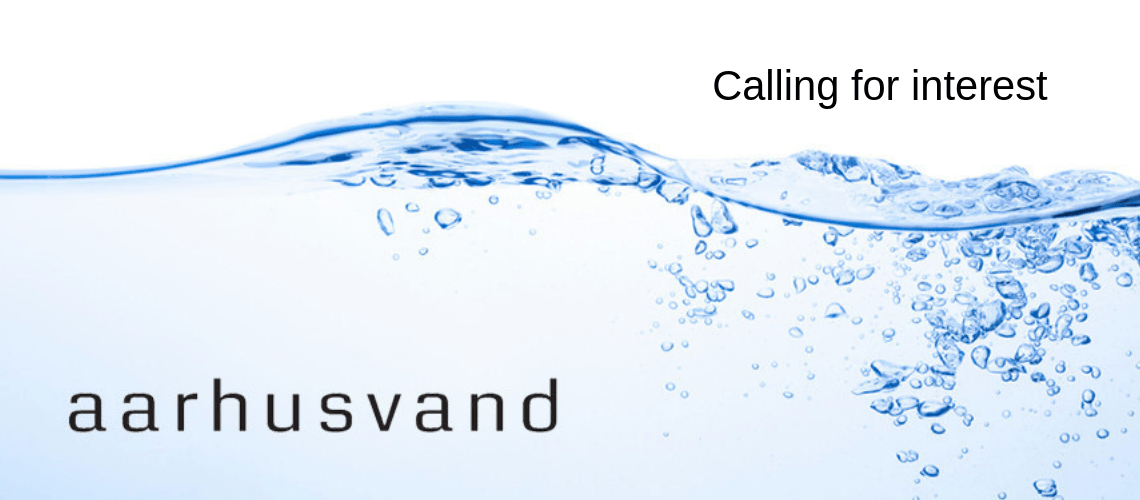5 things I learned from Denmark’s water sector
Aquatech recently continued its global tours with a four-day trip to Denmark, flying in to Billund and out from capital city Copenhagen, with several stops along the way.
From water utilities, to technology companies and the export association – the visit was designed to unearth some of the reasons why Danish companies are leading the way.
Here’s five things I learned from the trip.
1. Rubix SDG cubes
Sustainable Development Goals (SDGs) are now firmly rooted even in mature, developed countries such as Denmark. By their nature, the SDGs are ambitious: Goal 6 aims to guarantee access to water and sanitation for all by 2030. As a result, there can sometimes feel like a disconnect between developed nations blessed with advanced infrastructure and developing countries lacking basic water supply.
Yet, the SDGs were referenced in every office we visited in Demark, with physical reminders – either the brightly coloured cubes stacked in corners, or the giant colour wheel displayed on walls.
This was really encouraging, especially in a country blessed with over 120,000 lakes and an abundance of groundwater. While the UN recently warned this target is unlikely to be met, if every company globally - particularly the global juggernauts - can embrace the SDGs like the Danish, collectively we might just nudge the needle in the right direction.
2. Designing ReWater - the future of wastewater treatment
Imagine giving a team of engineers a blank sheet of paper and asking them to design and build the world’s most resource efficient wastewater treatment plant (WWTP). They would either think you’d gone mad, or that all their dreams had come true. Water and wastewater utility Aarhus Vand is essentially doing this with its ambitious ReWater project.
Part of long-term strategy to centralise wastewater treatment, three existing WWTP’s will be closed and replaced by the new Marselisborg ReWater, which has a budget of €200-250 million. When fully built out in 2050 the project will have a capacity of 500,000 population equivalent (PE).
Slated for opening in 2026, resources such as proteins, nutrients, energy and of course water will all be reclaimed during the ReWater process. It will also incorporate a live demo site to house and even incubate new wastewater technologies, with the potential to spin these out from the utility.
The development follows in the large footsteps of Marselisborg, often referenced as one of the ‘most advanced’ wastewater treatment plants, generating a 100 percent energy (electricity and district heating) surplus, rendering water/wastewater services energy neutral for the entire Marselisborg area.
Once complete, both plants could put Aarhus on the world map documenting the evolution from wastewater treatment plants to resource factories.
The upcoming tender for the project will be discussed on May 9 in Aarhus, with the utility calling for interest from foreign consultants, contractors and architects. More information can be found here.

3. Utility fragmentation and consolidation
Denmark is blessed with groundwater, supplying almost 99 percent of total supply. Not only this, but the country has 120,000 lakes. Water is in abundance everywhere and so too are the suppliers. In a country with a population of 5.7 million, the Danish water sector consists of 87 municipal owned drinking water companies and approximately 2600 waterworks.
Historically, the responsibility of managing water supply from a well used to fall to the community figureheads – farmers, butchers and teachers. Since then the size, scale and maturity of the water suppliers has varied considerably.
Yet, one utility suggested that consolidation is inevitable in the future but it’s all very political, as expected. As a result, I sensed a domestic jostling for position by water companies, driven by innovation and perhaps a future fear of being swallowed up by a neighbour.
4. Climate adaptation is real (and expensive)
Resilience and climate change adaptation: however you phrase it, climatic challenges have become very real around the world. Whether it’s too little, too much or contaminated water, few can now doubt the increasingly challenging environment in which water utilities have to operate. Denmark is very much in the second camp, with both rising groundwater and coastal water levels in certain regions. This is also coupled with a demand to separate wastewater and stormwater networks.
As a result, city municipalities and water utilities are having to buddyup more than usual to cooperate, co-finance and co-innovation new solutions that fall within both their jurisdictions. One project Aarhus Vand discussed has interesting side impacts: a stormwater runoff system near to a school, which doubles as an engineered bend in the road to slow down cars. Subtle, yet a move of genius, with multiple knock-on community wide effects. With another utility undertaking 10 climate adaption projects accounting for “a large chunk of our budget”, this is a really interesting area (and area for market growth), to watch.
5. Moving beyond pumps using digitalisation
Pumps have not attracted the same attention of sexy new AI software tools when it comes to digitalisation. However, it is the long game where the workhorses of water will come into their own. The upfront cost of pumps is not the biggest cost; their operation is responsible for up to 90 percent of the lifecycle costs. As a result, pump companies are being forced to generate more data, more insights and more actionable intelligence to help give them the competitive edge.
Global pump giant Grundfos opened its own Digital Transformation Office (DTO) two years ago to focus on these areas. The concept is to run it as a separate, nimble start-up but with the broad shoulders of the company’s channels to lean on when needed. There’s some really interesting projects and partnerships coming out from here, which we will report on later.
Furthermore, water utility Skanderborg Forsyningsvirksomhed believes that machine learning can be a gamechanger on pumps. Coupling data from smart meters is helping the company to algorithmically match supply and demand. Water is extracted from boreholes exactly when needed, meaning the pumps work only when they have to. And of course less pumping means these assets can last longer, with less maintenance required. In a nutshell: combining new and old methods is enabling water utilities to run their operations more efficiently.
Related content
Loading component...
We promise never to send you spam and you can unsubscribe at any time!
